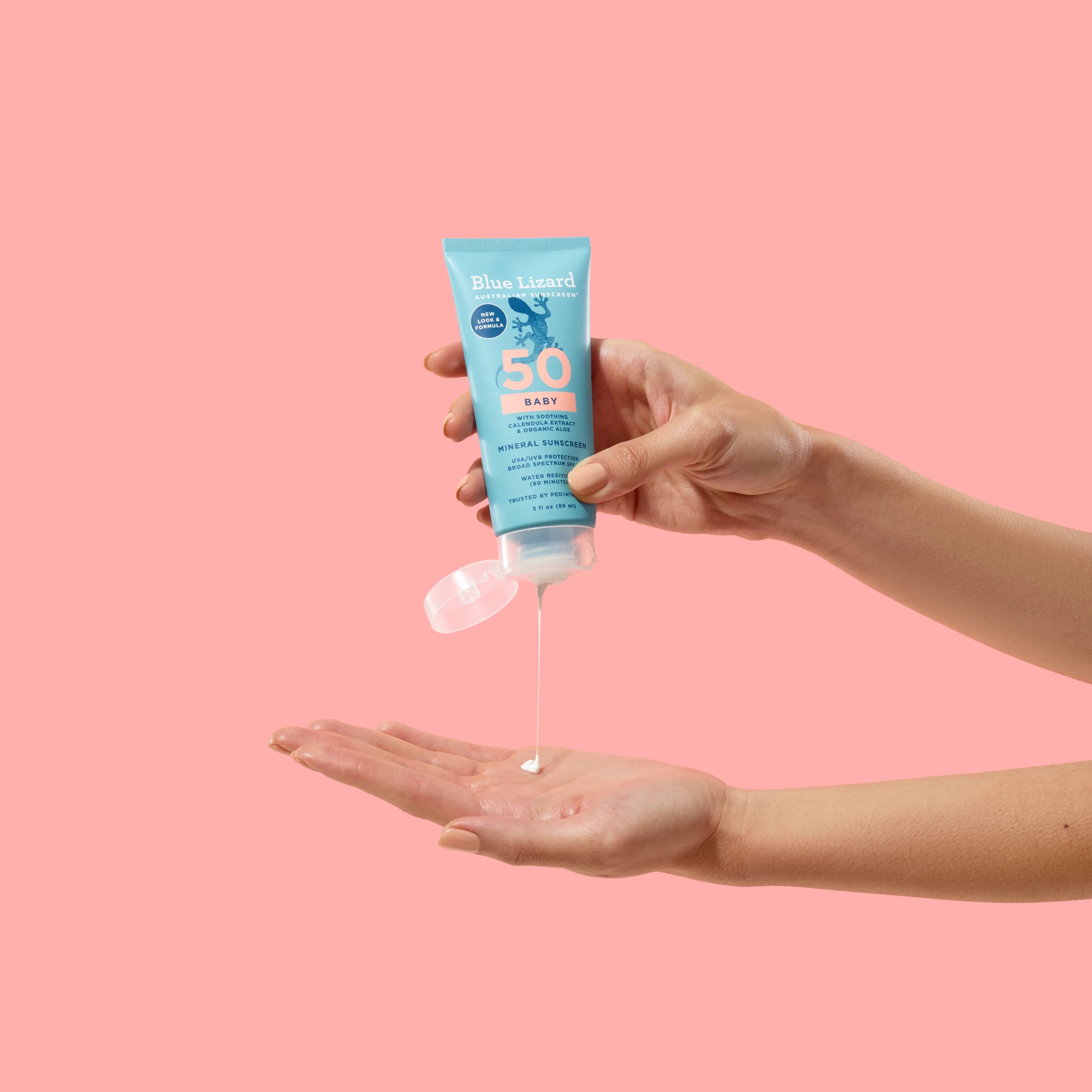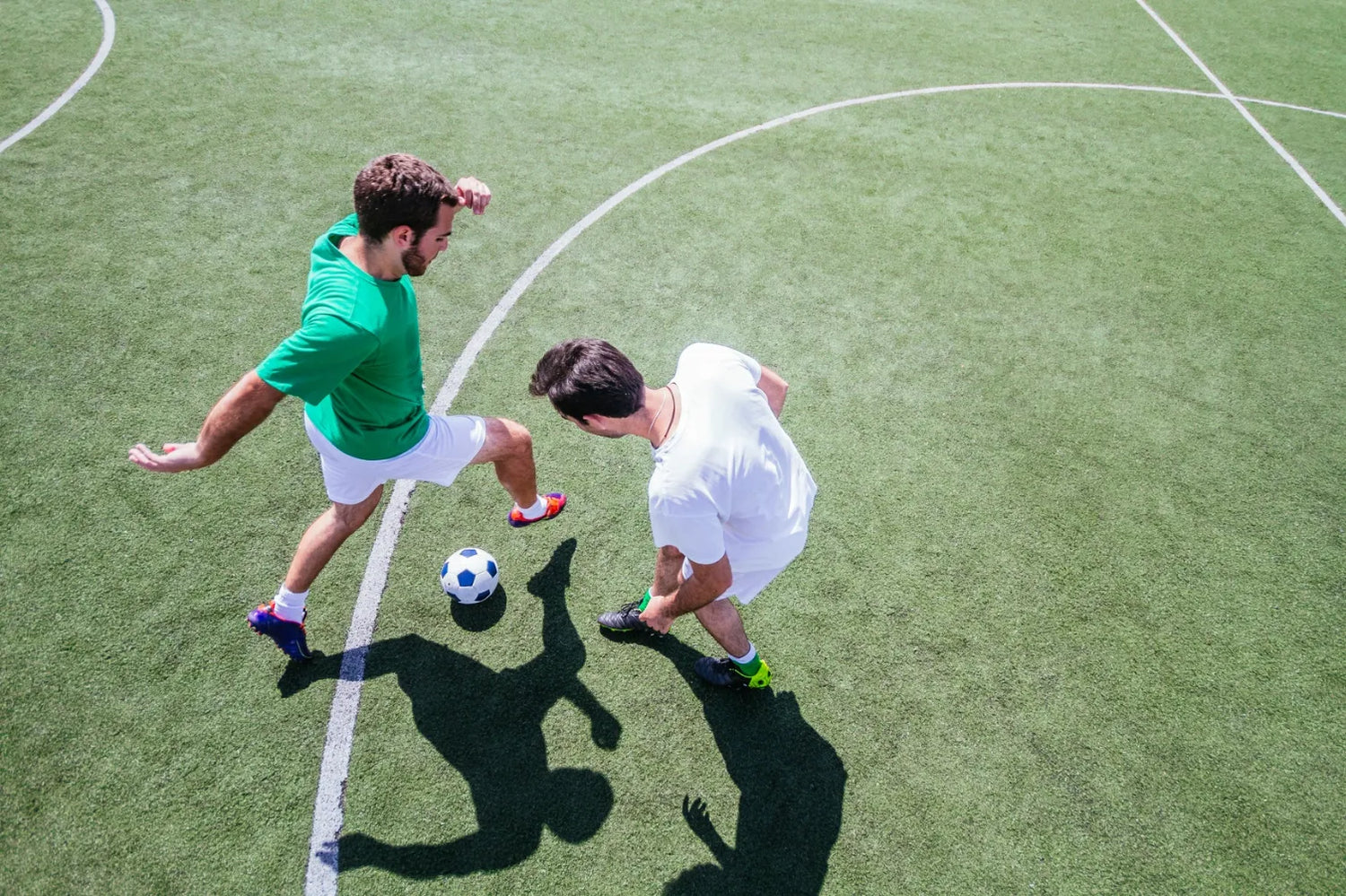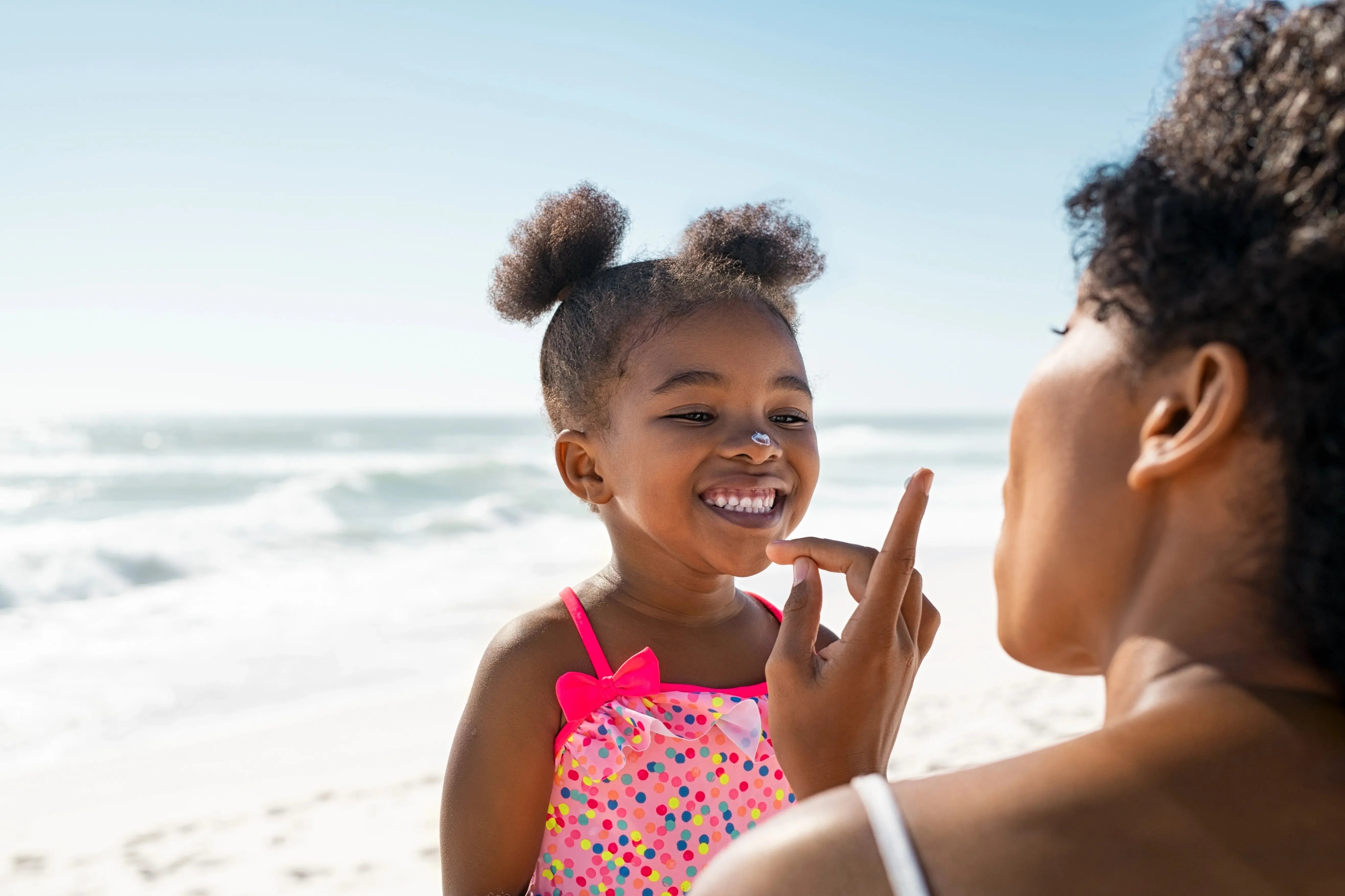Sun exposure is unavoidable, especially for outdoor athletes. A single game can last for hours, and that doesn’t even include overtime or tie-breakers.
You’ve got to be able to move without the distraction of red, hot, itchy or blistered sunburned skin.
Thankfully, if you plan ahead and have the right gear, protecting your skin from the sun can be quick and easy, which means you can focus on what’s important to you.
Sunscreen, Sunscreen, Sunscreen
This one is a given, but you may be surprised to hear how many people skip sunscreen. As much as 70 percent of the US population either uses too little sunscreen or doesn’t use it at all.
Sunscreen is an integral part of keeping your skin safe from the sun. With so many options and variations, it can be a little overwhelming to find the best sunscreen that properly defends your skin without you needing to worry.
We’ve broken down the most important sunscreen tips for athletes:
Skip the Spray
You may be quick to grab the first canister of chemical spray sunscreen you find at the supermarket, but they aren’t always as effective as we’ve been led to believe.
Many believe that spray sunscreens offer even, thorough coverage that bypasses the need to rub the sunscreen in like you would a lotion. However, the American Academy of Dermatology says that for a spray sunscreen to be effective, you need to spray until your skin glistens and then rub it in. When you use spray sunscreens correctly, you end up using more of the spray then you might expect, meaning you can run out more often.
Mineral vs. Chemical Sunscreens
Chemical sunscreens protect you from the sun by absorbing into your skin, where they convert the sun’s rays into heat. Unfortunately, chemical sunscreens are also likely to breakdown if left in the heat. If you aren’t careful, these sunscreens can leave you exposed.
The last thing you need in the middle of a match is overheated skin or a sunscreen that isn’t pulling its own.
Mineral sunscreens (a.k.a. physical sunscreens) contain Zinc Oxide or Titanium Dioxide. While they can be harder to find on a store shelf, they offer a number of advantages. For one, because they work by physically reflecting the sun’s rays away, they do not absorb into your body. They are also less likely to breakdown if left in extreme temperatures.
Mineral sunscreens naturally provide broad spectrum protection, meaning that they protect against both UVA and UVB rays.
Look for the word “Sport” on the label
Sport sunscreens usually offer maximum sweat and water resistance—up to 80 minutes—and come in a variety of SPF levels. Blue Lizard’s Sport Sunscreen offers the dermatologist recommended SPF rating of 30+ and are tested to keep your skin protected even after 80 minutes in water.
Confused by words like “broad spectrum,” “UVA and UVB” or “SPF”? Click here to learn more about how sunscreens work!
Applying sunscreen doesn’t take up much of your time, and it means you can spend less time worrying about your skin and more time focusing on the game. Always remember to apply 15 minutes before you head outside and to reapply at least every two hours and immediately after toweling off.
Cover Up When Possible
There is more to sun safety than just sunscreen. While you may not be able to cover up while playing, you can cover up during time outs, in between matches, during breaks and during field changes.
Keep a thick towel, a pair of sunglasses and a hat nearby to cover up when you have downtime. If your facility has an area with an awning or umbrellas available, use them. Anything that completely blocks out the sun will help protect your skin.
You should also use this down time to rehydrate and reapply sunscreen.
Be Wary of Peak Sun Hours!
The sun is highest, and therefore most dangerous, between the hours of 10 am and 2 pm. These are known as peak sun hours. You run a higher risk of overexposure during this time, particularly if you skip or skimp on sun safety.
Schedule time inside or find ways to seek extra shade during this time. Try to use an indoor facility for practice during these hours if it is available to you.
Scheduling your lunch during these hours or taking more frequent breaks will not only help you rest and recharge, it will also get you out of the sun and help prevent overheating and dehydration.
The Bottom Line: Play Sun Safe
You don’t want to miss valuable practice time, and you don’t have to. Establishing and maintaining a sun safety routine can make caring for your skin easier and allow you to focus on the game, not on sunburn.








